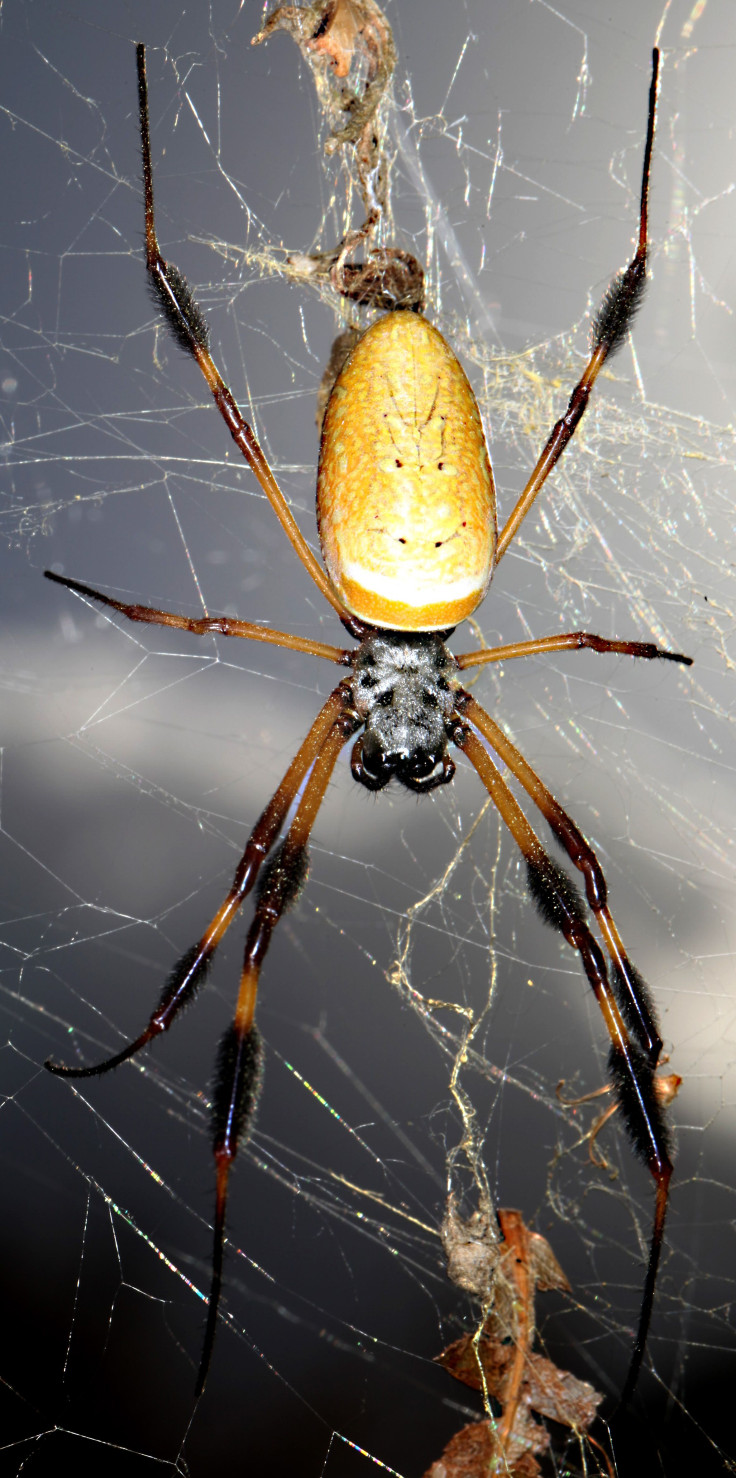Spider Silk Genome Study Could Bring Human Applications Of Its Unique Properties Closer

Led by researchers from the University of Pennsylvania, a team of scientists conducted the largest-ever genome study of spider silks and identified 28 different varieties of silk protein that are produced by the golden orb-weaver spider (Nephila clavipes). The study was conducted with the aim of advancing the possibility of imbibing some of the unusual properties of this unique substance in man-made materials.
For the study, published Monday in the journal Nature Genetics, researchers began with the difficult task of mapping the entire spider genome, which they found was about as large as the human genome. Of the over 14,000 likely genes identified by the researchers, about 28 appeared to be responsible for spider silk proteins, called spidroins. And while spider silks, especially from N. clavipes, have been studied for over five decades, the new study threw up unexpected information.
“There were so many surprises that emerged from our study: new silk genes, new DNA sequences that presumably confer strength, toughness, stretchiness and other properties to silk proteins; and even a silk protein made in venom glands rather than silk glands. All this new information should greatly advance our efforts to capture the extraordinary properties of these silks in man-made materials,” senior author Benjamin F. Voight, an associate professor at the university, said in a statement Monday.
The spidroins were typically split into seven classifications, depending on their function and protein sequence. For instance, aciniform silk is used by spiders to wrap their prey or to tie down their partners while they mate, and major ampullate silk make the super-strong strands on which spiders swing while they move about. Information from the new study showed that some spidroins overlap across categories, suggesting either the need to redefine the categories or the fact that some silk proteins have functions not yet fully known.
For instance, FLAG-b was a new spidroin discovered by Voight and his team which is produced in N. clavipes’ venom gland, instead of in a silk gland. This suggests the silk produced there could have functions linked to capture, immobilization and preservation or prey.
Read: Spiders Kill 400-800 Million Tons Of Insects For Food Every Year
Another discovery made by the team was that of 649 genes that are likely not spidroins but were highly expressed in silk glands of the orb-weaver. They may have a role in converting the liquid silk from spider cells into solid threads the spider produces. Understanding that process could help scientists trying to do the same thing in the laboratory.
Spider silk can have potential useful applications across various fields. It can stronger than steel while weighing much lesser, and also offers flexibility without losing its toughness. It also doesn’t trigger the human immune system, and has been known to curb the growth of bacteria and fungi, making it a potentially ideal tool in medical devices and surgeries.
Voight’s team is now working on mapping the genome of Darwin’s bark spider which is known to make the strongest silk for any spider species. Using the spidroin DNA sequences, the scientists are also working on producing the silks rapidly in a lab.
© Copyright IBTimes 2024. All rights reserved.











